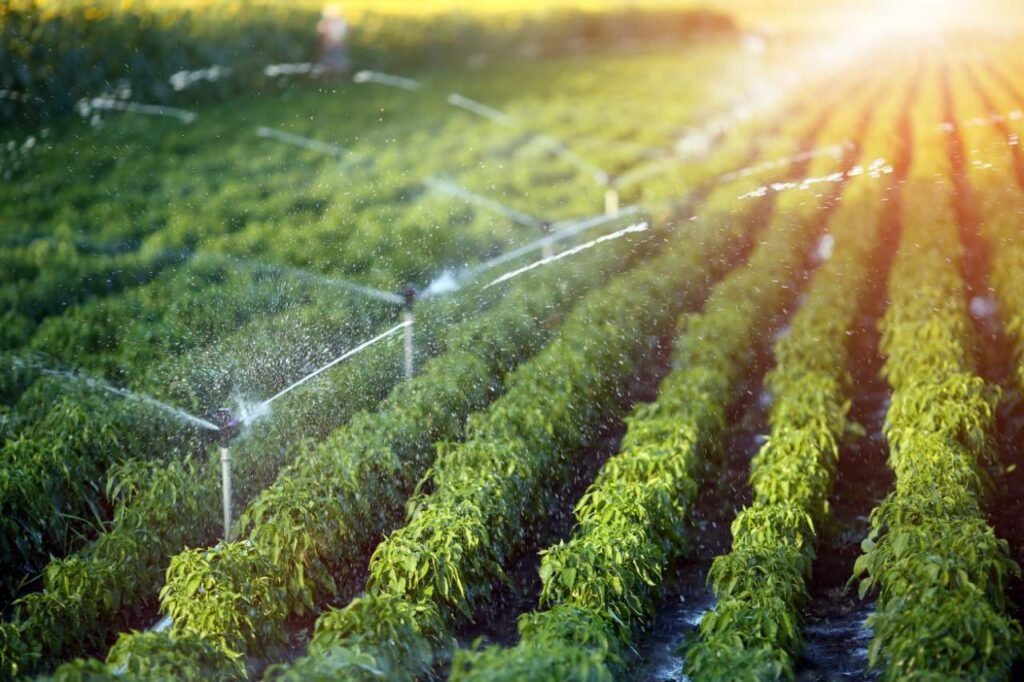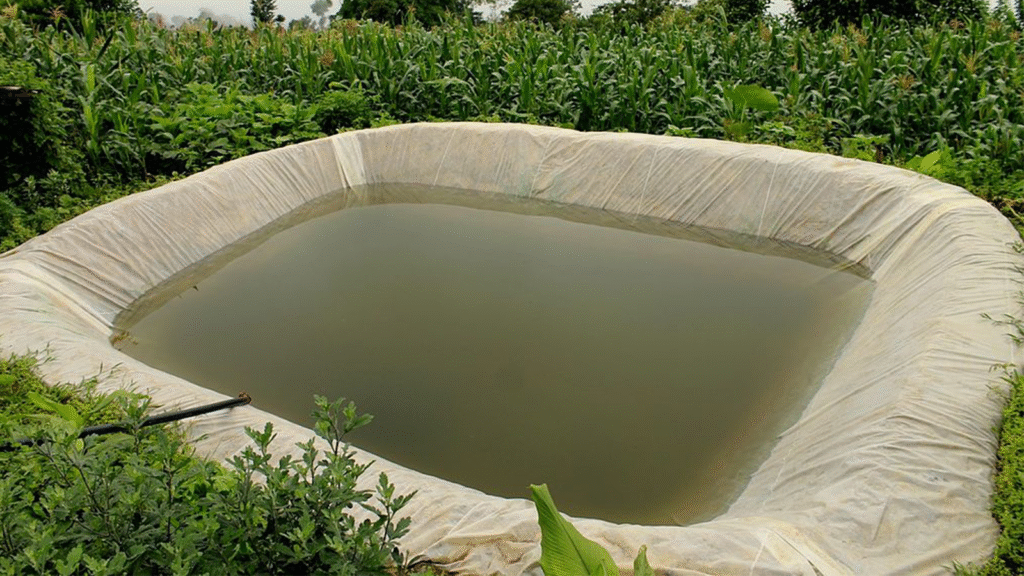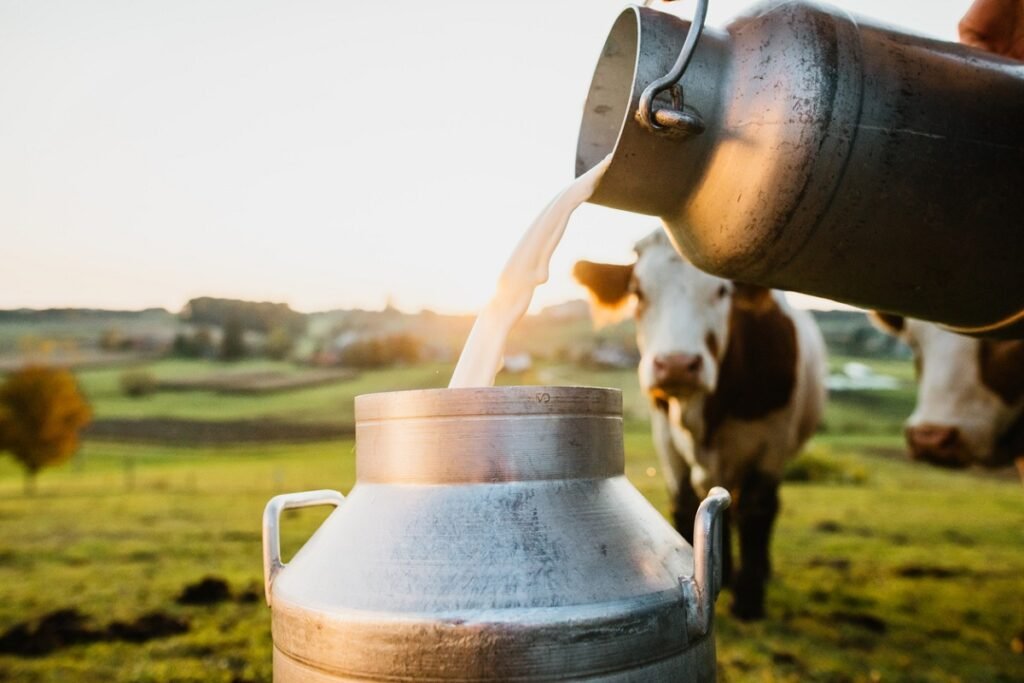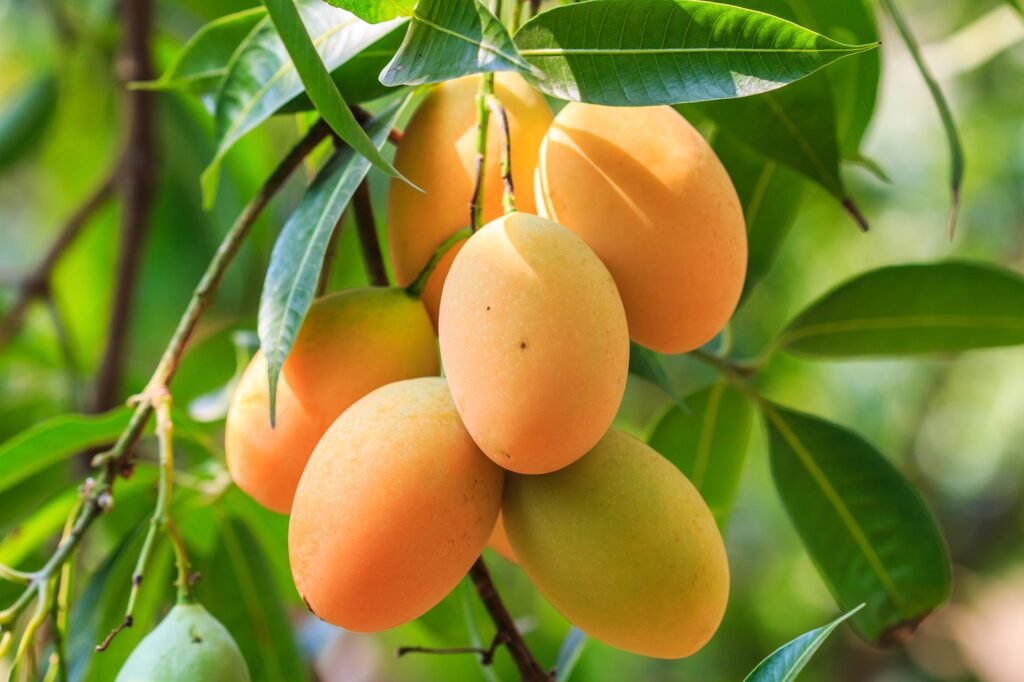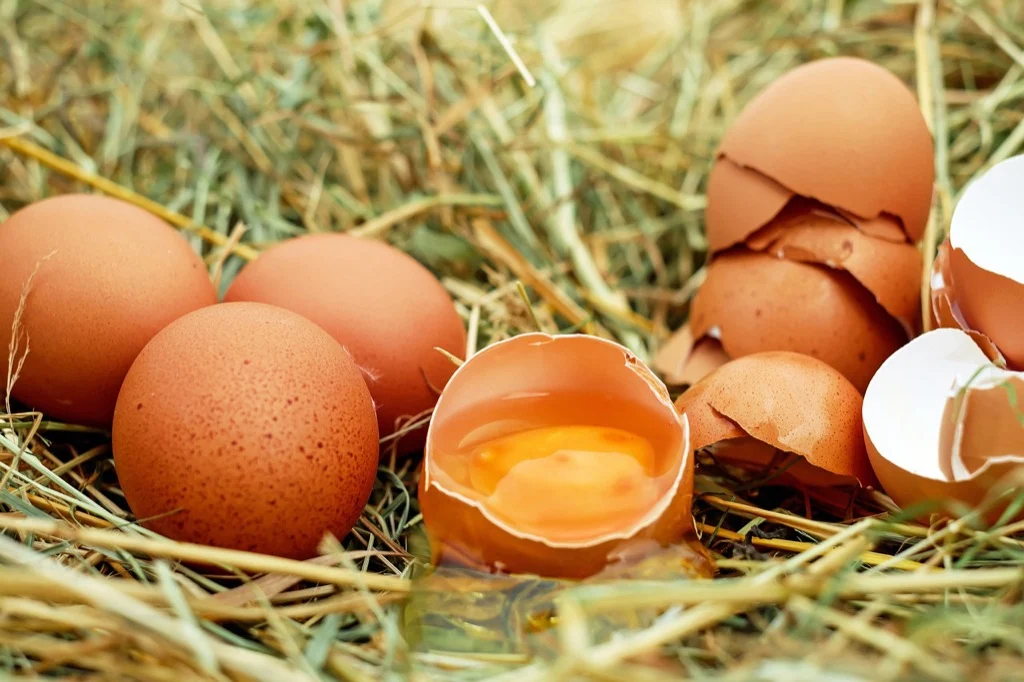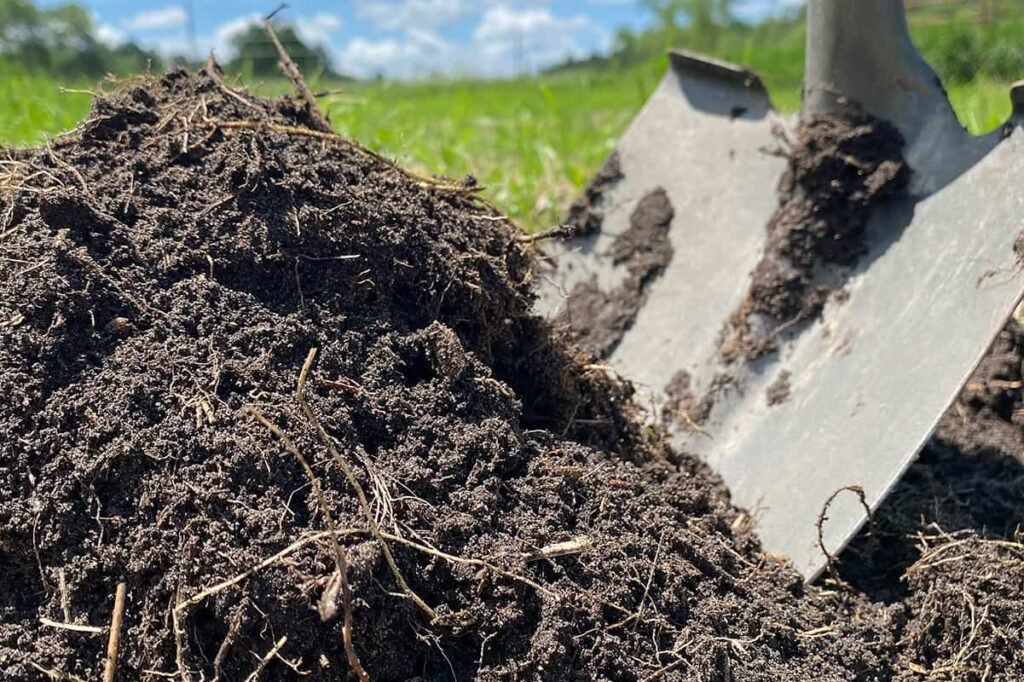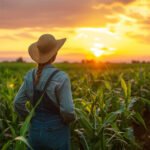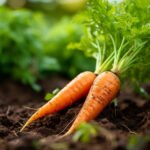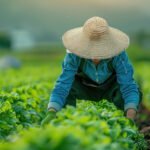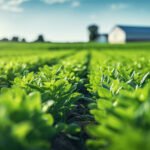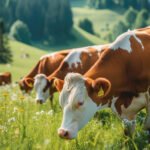Completion Date :
June 30, 2025
Clients :
Restaurants, Hotels, General Public
Location :
Jinja, Namulesa (Uganda)
Category :
Urban Oyester Farming
Maize Growing
At Ibanda Farm, maize growing is one of our core agricultural projects, strategically developed to support food security, income generation, and agro-industrial development in the region. Located in Namulesa Village, just off Kamuli Road and Kiira College Road near Busoga Growers, our farm benefits from fertile soils and reliable seasonal rainfall—ideal conditions for maize production.
We grow both local and hybrid maize varieties known for their high yield, disease resistance, and suitability for different purposes such as food, flour milling, animal feed, and seed multiplication. Maize farming at Ibanda is carried out with modern techniques, mechanized tools, and sustainable practices to ensure quality and consistency from planting to harvest.
But beyond the crop itself, maize at Ibanda represents something larger — a commitment to empowering local farmers, creating jobs, and building a reliable value chain that connects rural production to urban markets and industries.
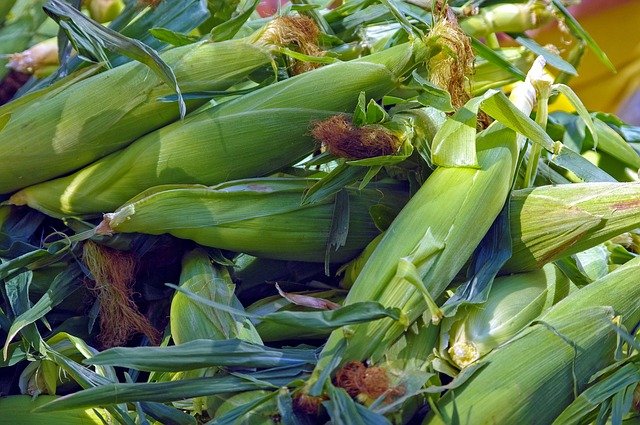
Focus Areas – Maize Growing at Ibanda
1. Land Preparation & Soil Enrichment
We begin with deep ploughing and harrowing to loosen the soil and eliminate weeds. Organic matter like compost or manure is added to enhance fertility and improve moisture retention.
2. Seed Selection & Planting
We use certified hybrid seeds that offer better yields and pest resistance. Proper spacing, planting depth, and row alignment help ensure strong root establishment and even growth.
3. Water & Moisture Management
Although maize is largely rain-fed, we use mulching and contour ridging on sloped fields to conserve moisture, reduce erosion, and improve water infiltration during dry periods.
4. Pest & Disease Control
Common maize threats like armyworms, stem borers, and maize streak virus are managed through timely inspection and safe pesticide use. We also encourage crop rotation to reduce disease build-up in the soil.
5. Mechanization & Labour Efficiency
Our use of tractors, planters, and harvesters increases efficiency and reduces labor strain, especially during land prep and harvesting seasons.
6. Harvesting & Drying
Maize is harvested once the cobs mature and kernels harden. After harvesting, we dry the maize thoroughly to prevent spoilage, storing it in well-aerated granaries or sacks ready for market or milling.
7. Market Access & Value Addition
We supply dry maize to local markets, schools, and agro-processors. Future plans include setting up a small-scale maize milling unit to produce flour, animal feed, and maize bran for value addition.
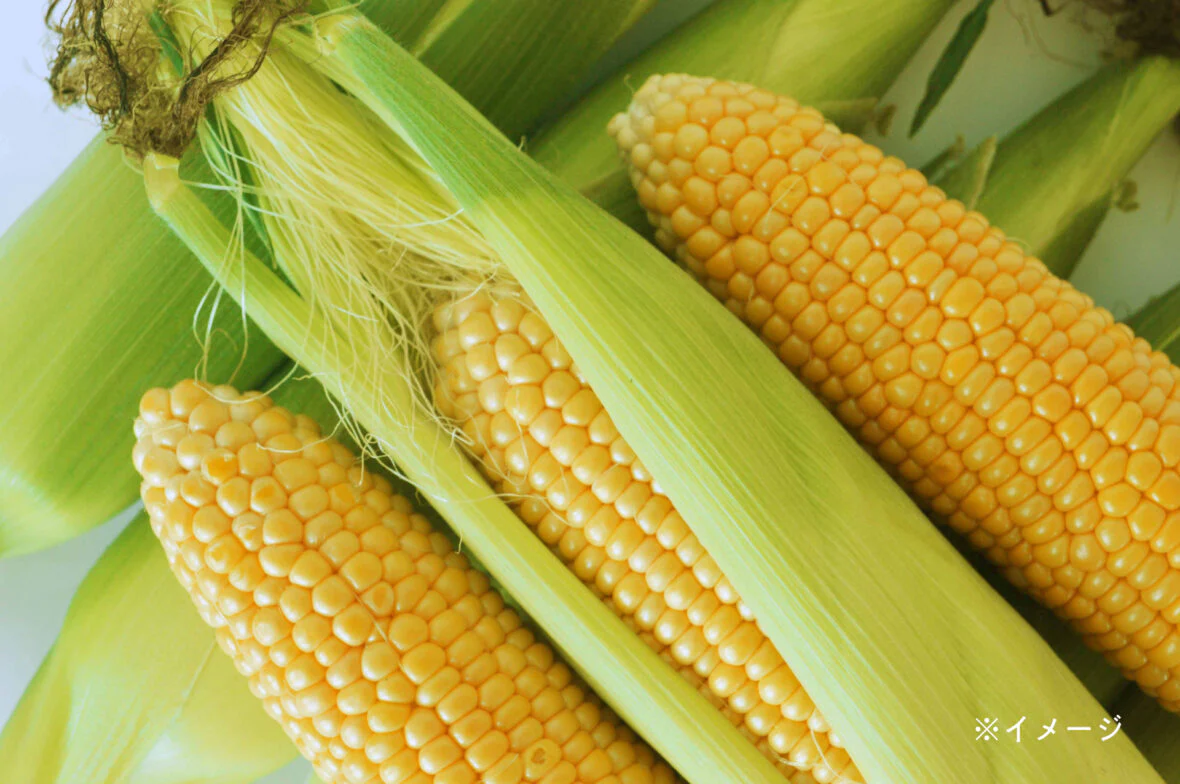
Community Impact
Creates seasonal and permanent jobs on the farm
Supplies affordable maize to schools, homes, and retailers
Offers training and seed distribution to local farmers
Supports food security and agro-entrepreneurship


